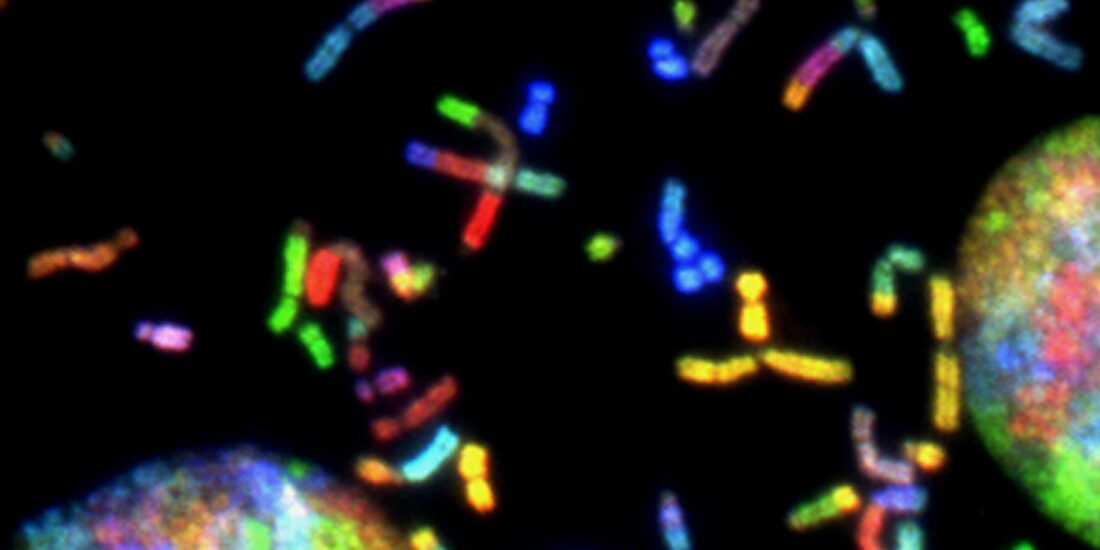The Adhesion GPCR VLGR1/ADGRV1 Regulates the Ca2+ Homeostasis at Mitochondria-Associated ER Membranes
By Jacek Krzysko, Filip Maciag, Anna Mertens, Baran Enes Güler, Joshua Linnert, Karsten Boldt, Marius Ueffing, Kerstin Nagel-Wolfrum, Martin Heine, and Uwe Wolfrum Excerpt from the article published in Cells. 2022; 11(18):2790. 7 September 2022. DOI: https://doi.org/10.3390/cells11182790 Editor’s Highlights The VLGR1 (very large G protein-coupled receptor-1), also known as ADGRV1, GPR98, and MASS, is the […]
Continue ReadingHigh Soluble Amyloid-β42 Predicts Normal Cognition in Amyloid-Positive Individuals with Alzheimer’s Disease-Causing Mutations
By Andrea Sturchio , Alok K Dwivedi, Tarja Malm, Matthew J A Wood, Roberto Cilia, Jennifer S Sharma, Emily J Hill, Lon S Schneider, Neill R Graff-Radford, Hiroshi Mori, Georg Nübling, Samir El Andaloussi, Per Svenningsson, Kariem Ezzat, Alberto J Espay, and Dominantly Inherited Alzheimer Consortia (DIAN) Extract of the article published in Journal of […]
Continue ReadingThe Potential of Small Molecules to Modulate the Mitochondria–Endoplasmic Reticulum Interplay in Alzheimer’s Disease
By Giacomo Dentoni, Laura Castro-Aldrete, Luana Naia, and Maria Ankarcrona Excerpt from the article published in Frontiers in Cell and Developmental Biology, 26 August 2022Sec. Signaling, DOI: https://doi.org/10.3389/fcell.2022.920228 Editor’s Highlights Alzheimer’s disease (AD) research is shifting toward considering the disorder as a multifactorial disease, characterized by different types of microdamage and different factors that lead […]
Continue ReadingLysosomal exocytosis releases pathogenic α-synuclein species from neurons in synucleinopathy models
By Ying Xue Xie, Nima N. Naseri, Jasmine Fels, Parinati Kharel, Yoonmi Na, Diane Lane, Jacqueline Burré, and Manu Sharma Excerpt from the article published in Nature Communications 13, 4918, 22 August 2022, DOI: https://doi.org/10.1038/s41467-022-32625-1 Editor’s Highlights The release of pathogenic aggregates of the neuronal protein α-Synuclein (αSyn) into the extracellular space instigate the neuron-to-neuron transmission […]
Continue ReadingEarlier Alzheimer’s disease onset is associated with tau pathology in brain hub regions and facilitated tau spreading
By Lukas Frontzkowski, Michael Ewers, Matthias Brendel, Davina Biel, Rik Ossenkoppele, Paul Hager, Anna Steward, Anna Dewenter, Sebastian Römer, Anna Rubinski, Katharina Buerger, Daniel Janowitz, Alexa Pichet Binette, Ruben Smith, Olof Strandberg, Niklas Mattsson Carlgren, Martin Dichgans, Oskar Hansson, and Nicolai Franzmeier Excerpt from the article published in Nature Communications 13, 4899, 20 August 2022, DOI: […]
Continue ReadingAβ42 oligomers trigger synaptic loss through CAMKK2-AMPK-dependent effectors coordinating mitochondrial fission and mitophagy
By Annie Lee, Chandana Kondapalli, Daniel M. Virga, Tommy L. Lewis Jr, So Yeon Koo, Archana Ashok, Georges Mairet-Coello, Sebastien Herzig, Marc Foretz, Benoit Viollet, Reuben Shaw, Andrew Sproul, and Franck Polleux Excerpt from the article published in Nature Communications 13, 4444, 01 August 2022, DOI: https://doi.org/10.1038/s41467-022-32130-5 Editor’s Highlights *Note: Sigma-1 receptors regulate inositol 1,4,5-trisphosphate (IP3) channels and interact […]
Continue ReadingAmyloid β, Tau, and α-Synuclein aggregates in the pathogenesis, prognosis, and therapeutics for neurodegenerative diseases
By Urmi Senguptaab, and Rakez Kayedab Excerpt from the article published in Progress in Neurobiology, Volume 214, July 2022, 102270, ISSN 0301-0082, DOI: https://doi.org/10.1016/j.pneurobio.2022.102270 Autors’ Highlights Co-occurring proteinopathies confound disease diagnosis and treatment development. Overlapping Aβ, tau, and α-Syn pathologies are observed in AD and related diseases. Aβ, tau, and α-Syn converge directly or indirectly […]
Continue ReadingAlzheimer’s disease: Ablating single master site abolishes tau hyperphosphorylation
By Kristie Stefanoska, Mehul Gajwani, Amanda R. P. Tan, Holly I. Ahel, Prita R. Asih, Alexander Volkerling, Anne Poljak, and Arne Ittner Excerpt from the article published in SCIENCE ADVANCES, 6 Jul 2022, Vol 8, Issue 27DOI: 10.1126/sciadv.abl8809 Editor’s Highlights Alzheimer’s disease (AD) is characterized by extracellular β-amyloid (Aβ) plaques and the intraneuronal accumulation of […]
Continue ReadingProgesterone Receptor Membrane Component-1 May Promote Survival of Human Brain Microvascular Endothelial Cells in Alzheimer’s Disease
By Xin Xu, Xiangyan Ruan, Rui Ju, Zhikun Wang, Yu Yang, Jiaojiao Cheng, Muqing Gu, and Alfred O. Mueck Excerpt from the article published in American Journal of Alzheimer’s Disease & Other Dementias. 2022. Published June 22, 2022 DOI:10.1177/15333175221109749 Editor’s Highlights Cerebral amyloid angiopathy (CAA) is found in the majority of Alzheimer’s disease (AD) cases. The […]
Continue ReadingNeuronal hyperexcitability in Alzheimer’s disease: what are the drivers behind this aberrant phenotype?
By Helena Targa Dias Anastacio, Natalie Matosin, and Lezanne Ooi Excerpt from the article published in Translational Psychiatry 2022, volume 12, Article number: 257 Published: 22 June 2022, DOI: https://doi.org/10.1038/s41398-022-02024-7 Editor’s Highlights Abstract Alzheimer’s disease (AD) is a progressive neurodegenerative disorder leading to loss of cognitive abilities and ultimately, death. With no cure available, limited […]
Continue Reading









